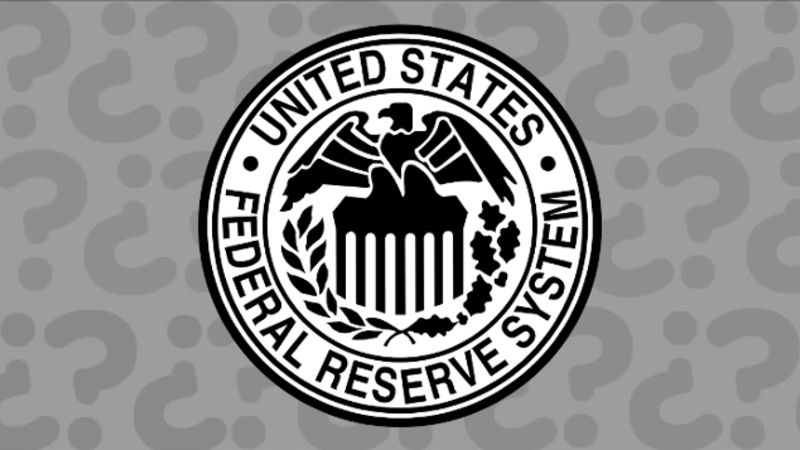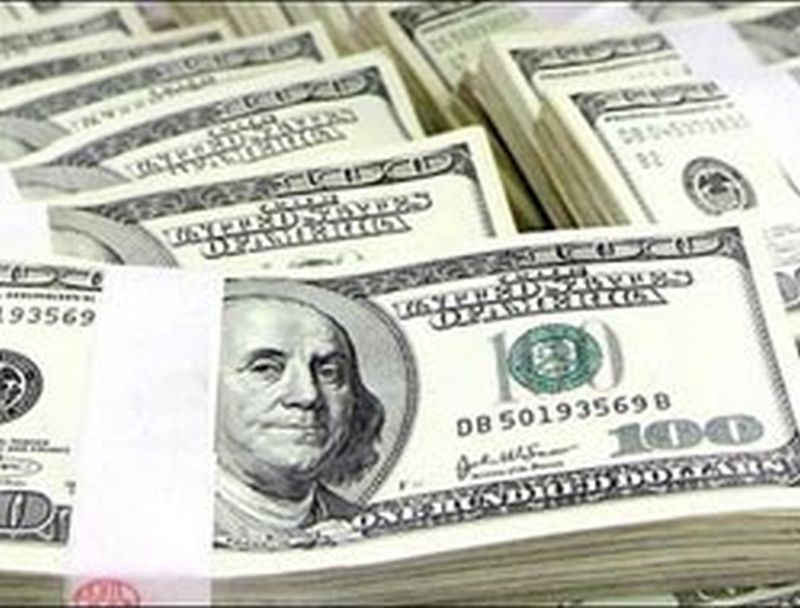Understanding Fed’s functions and FOMC Meeting
Federal Reserve (Fed) is the Central Bank of United States. Fed performs five functions ton increase the effective operation of U.S economy. Fed;
- conducts the nation’s monetary policy to promote maximum employment, stable prices, and moderate long-term interest rates in the U.S. economy
- promotes the stability of the financial system and seeks to minimize and contain systemic risks through active monitoring and engagement in the U.S. and abroad
- promotes the safety and soundness of individual financial institutions and monitors their impact on the financial system as a whole
- fosters payment and settlement system safety and efficiency through services to the banking industry and the U.S. government that facilitate U.S.-dollar transactions and payments
- promotes consumer protection and community development through consumer-focused supervision and examination, research and analysis of emerging consumer issues and trends, community economic development activities, and the administration of consumer laws and regulations.
In order to perform the functions above, Fed members get together in FOMC Meeting.
- The FOMC Committee consists of the seven members of the Board Governors, the president of the Federal Reserve Bank of New York, and the presidents of four other Federal Reserve banks.
- The chairman of the Board of Governors also presides as the chairman of the FOMC.
- Even though only the presidents of five of the Federal Reserve banks are voting members of the FOMC, the other seven presidents of the district banks attend FOMC meetings and participate in discussions. Thus they have some input into the committee’s decisions.
- The FOMC usually meets eight times a year (about every six weeks) and makes decisions regarding the conduct of open operations, which influence the monetary policy.
- The FOMC is necessarily the focal point for policymaking in the Federal Reserve System because open market operations are the most significant policy tool that the Fed has for controlling the money supply. Although reserve requirements and the discount rate are not actually set by the FOMC, decisions in regard to these policy tools are effectively made there.


